Over at SCOTUSBlog, Lye Denniston reports: Analysis: A case of disappearing issues | SCOTUSblog.
The case of the Christian cross standing alone in the midst of a huge federal land preserve in a California desert put before the Court the latest in a continuing series of controversies over religion commemoration in public places. Lower federal courts had found the cross’s presence there unconstitutional, and barred enforcement of an attempt by Congress in 2004 to shift ownership of the site into private hands in a bid to save the cross. The federal government took the case to the Supreme Court to protest those rulings.
Despite strenuous efforts by Justice Antonin Scalia to keep alive the core question of whether the cross display was a violation of the Constitution’s Establishment Clause, the dominant sentiment on the bench seemed to be that that was no longer open to review. And despite efforts by U.S. Solicitor General Elena Kagan to get the Court to focus on whether a former park service officer had any right to sue to test the display, that, too, seemed to be beyond the Court’s reach. Kagan, in fact, had to endure lectures by several of the Justices that the government should have tested that question earlier in the case, so had now missed its chance.
Justice Scalia spent considerable effort in trying to keep the argument on the constitutionality of the cross’s display. He said the government had no obligation, just because it put up a monument to one faith, to have other monuments on the same site to other faiths. In fact, he said, the Mojave cross was a commemoration of the service of soldiers of all faiths, including Jews and Muslims. Scalia said it was “outrageous” to suggest otherwise.
In all likelihood the Court will not rule on the broader 1st Amendment issues. This is typical for the Roberts Court, which has taken somewhat of a judicial minimalist approach. Rather than rocking the boat by ruling on the Establishment Clause issue, the Court is likely to resolve it on narrower grounds.
 Alito
Alito Ginsburg
Ginsburg
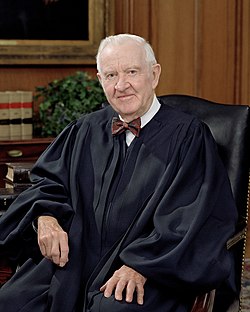
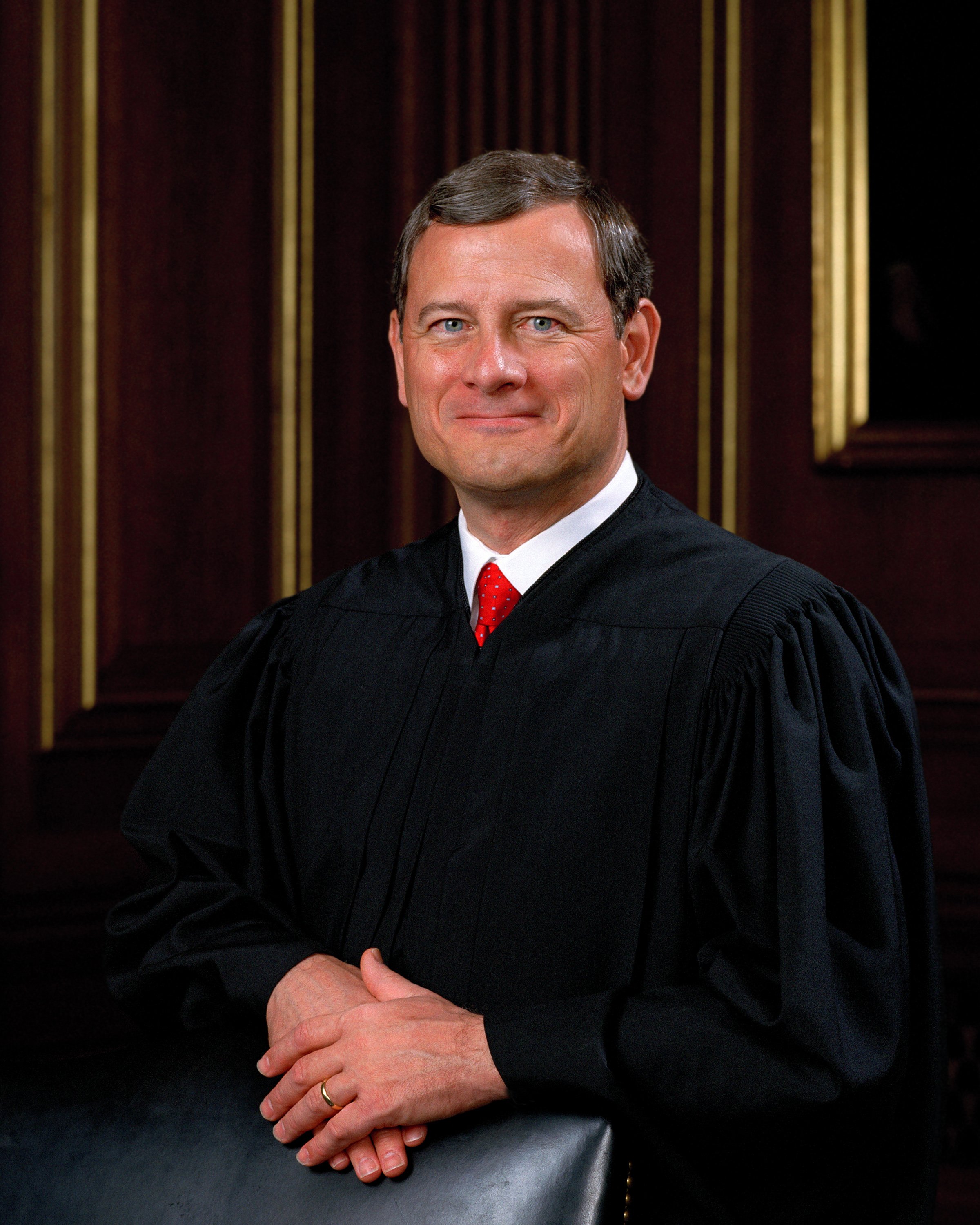 Roberts
Roberts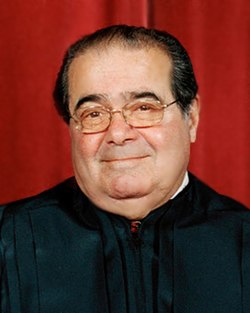
 Thomas
Thomas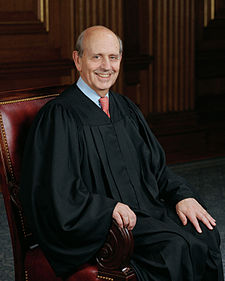 Breyer
Breyer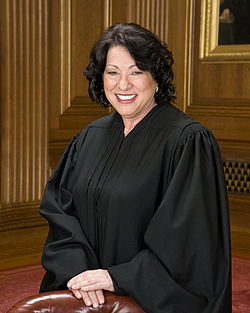 Sotomayor
Sotomayor